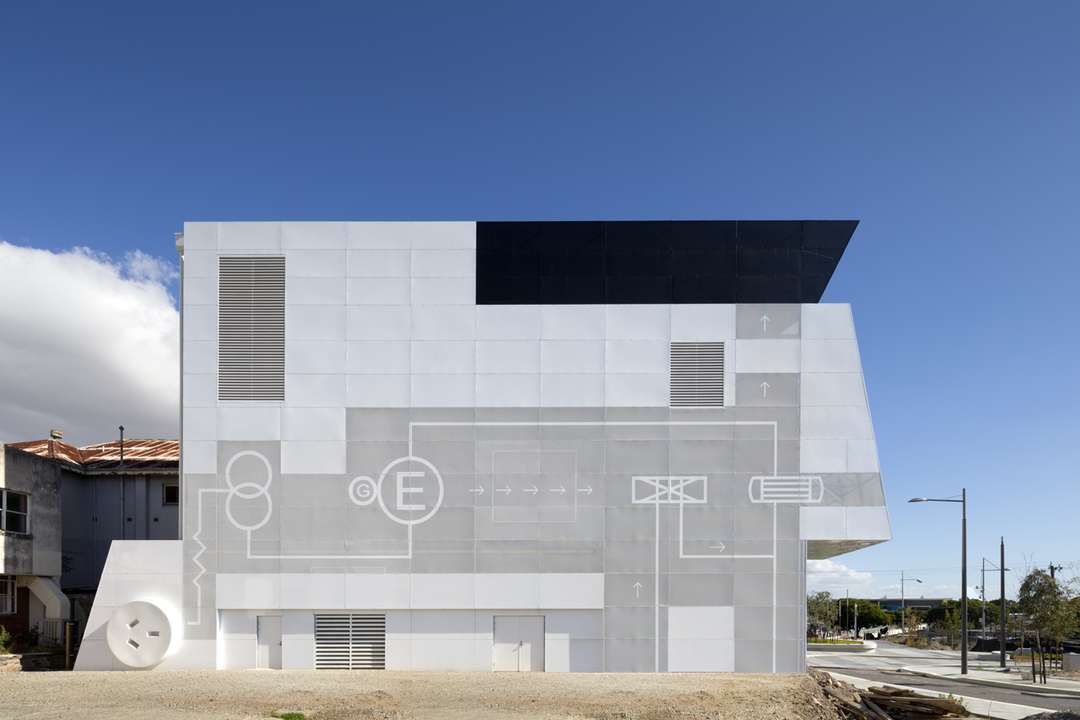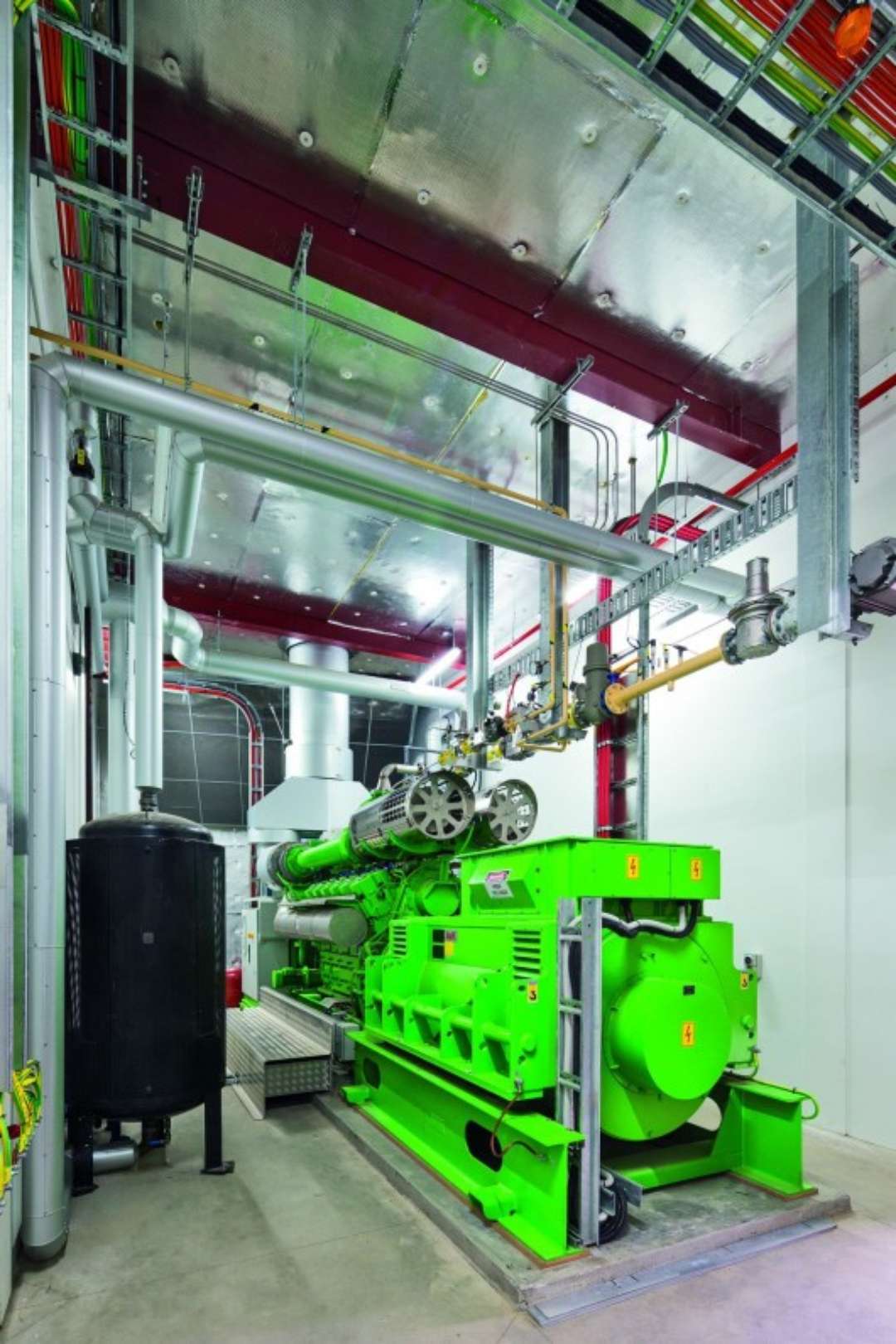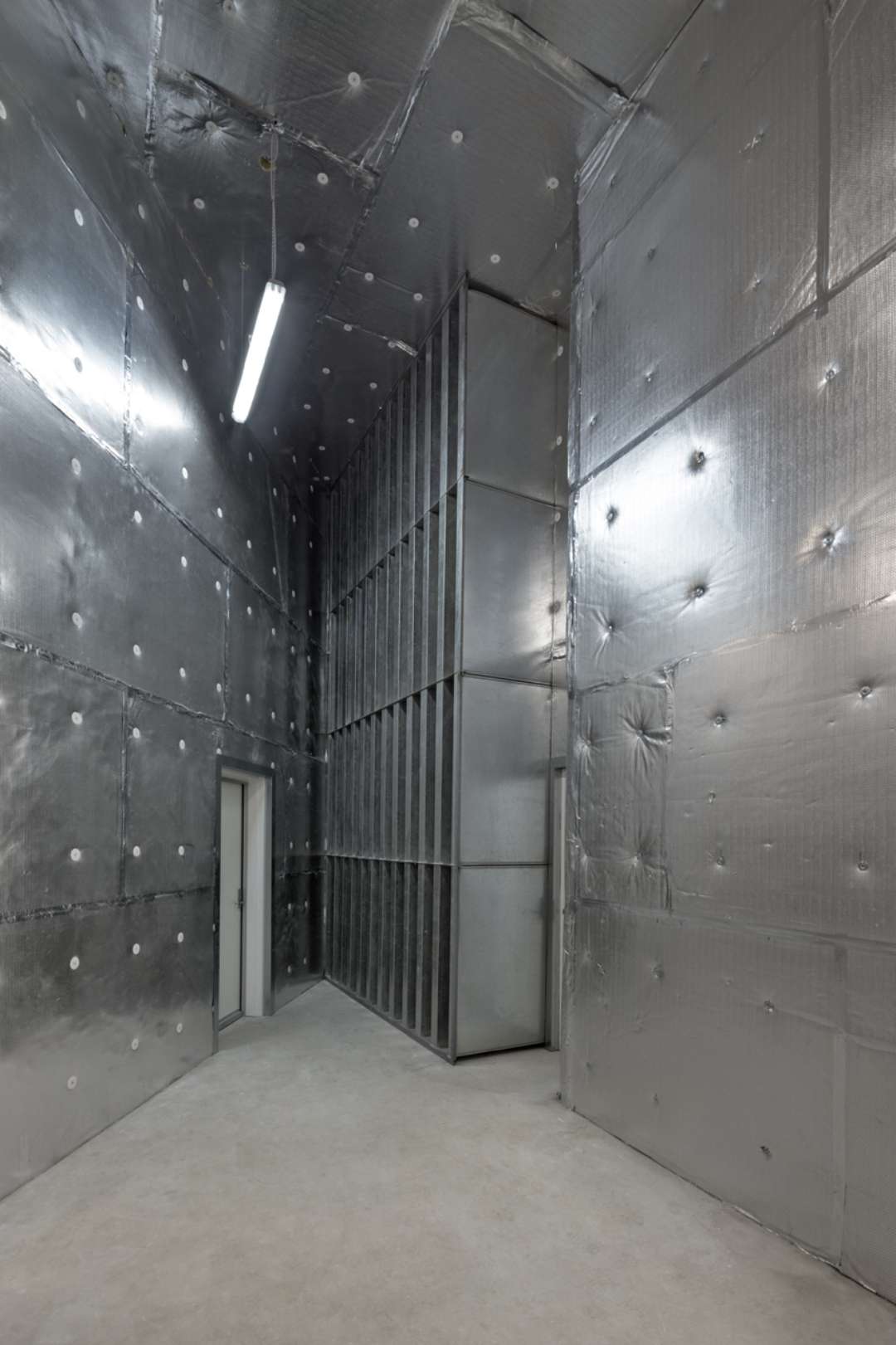A recent Ceres report analyzed 613 of the largest publicly traded corporations in the United States to reveal that while a growing contingent of companies are steadily building sustainability into their business operations, the vast majority are not. As detailed in the report, hundreds of companies are taking steps to reduce their green house gas emissions, but most have not set clear time line goals for these programs. Ceres’ corporate program vice president Andrea Moffat summarized the report by saying, “We’re seeing a change, but not fast enough and not to the extent that we think is really possible for US companies. We are not seeing the scale of change that we really need.”
The intention and action is there, but many corporations still struggle to advance the sustainability of their products and production methods. Many companies who make sustainability a priority have turned to eco-labels to provide third-party accreditation to validate their sustainability efforts. Yet, nearly all eco-labels focus solely on identifying performance within a specific product or service category and therefore cannot offer a holistic sustainability platform or incentive for continual improvement. Other problems with traditional eco-labels can lead consumers to question the true meaning of the label, for example when the certification is self-identifying.
Corporations need a neutral third party who can both provide a path forward for sustainable innovation, as well as ensure they are continuing to make substantial progress and improve their impact on the world. The Cradle to Cradle Certified Products program provides companies with a verified continuous improvement sustainability platform that addresses the five most crucial aspects of corporate sustainability: water use, energy consumption, material health, material reutilization and social fairness.
The program helps corporations choose safer alternatives for ingredients in their products and set clear goals and deadlines for the improvement of the five core areas moving forward.
To get on the path toward making safer products with the Cradle to Cradle Certified program:
1. Determine if your product is appropriate for certification.
–Does it comply with the banned chemicals lists?
–Is there a commitment to continuous improvement and product optimization?
2. Select an Accredited Assessment body for testing, analysis and evaluation of your product.
3. Compile initial application forms.
4. Work with you assessor to compile and evaluate data and documentation.
–Collect information on your supply chain.
–Work with assessor to develop optimization strategies.
–Submit a Certification Summary Report assembled by your assessor to the Institute for final review.
5. Receive Certification Summary Report Review: The Institute issues a certificate, conferring use of the mark.
6. Apply for Recertification (every two years under version 3).
–Work with assessor and supply chain to gather any new data.
–Assessor evaluates data and progress on optimization strategies; evidence of progress is required for re-certification. The progress is context specific.
The Cradle to Cradle Certified Product Standard provides a continuous improvement pathway toward the development of safe and recyclable products. Product certification is available at five different levels (Basic, Bronze, Silver, Gold, and Platinum), with each higher level addressing a more rigorous set of requirements.
The Basic certification level is a “provisional” level designed to help companies “get on the path” toward the development of safe and sustainable products, recognizing the difficulty of transition and honoring human intention as an important part of any successful protocol for continuous product improvement. Certification at the Basic level requires a commitment to future assessment of the chemical ingredients in a product, and optimization of the product by phasing out harmful substances, implementing reutilization strategies, increasing the use of renewable energy, and implementing water stewardship and social fairness programs.
Up to this date, 205 companies have participated in the program and currently there are 306 active certificates representing an estimated 2,139 product variations. We have witnessed some amazing product breakthroughs occur through the certification process. After Puma’s 2010 Environmental Profit and Loss Account linked 57 percent of its impact with the production of raw materials (leather, cotton, and rubber, included), the brand turned to “clever raw materials” such as biodegradable polymers, recycled polyester, and organic cotton. Puma’s Incycleline was released in 2013, and a Cradle to Cradle Certified fashion product line represented a first in the fashion industry. In addition to improving the sourcing of their raw materials, Puma also improved the material health of these products through pigment positive lists and instituted an in-store take-back program to claim used Puma-ware for industrial composting and upcycle.
The Cradle to Cradle Certified approach is spreading worldwide. The Alcoa Foundation recently awarded a grant to the Institute to develop a new web-based education program that focuses on sustainable practices and designs for product designers. Following the course, participants have the opportunity to get their product certified and recognized as part of the Innovation Challenge. Learn more about this program here.
With the expansion of sustainability initiatives through company innovation and product development, we can build the new economy – one where products have a positive impact on people and planet.
Bridgett Luther is president at the Cradle to Cradle Products Innovation Institute.
Reference: environmentalleader.com




